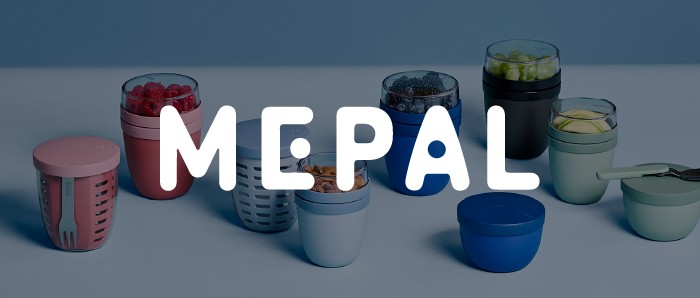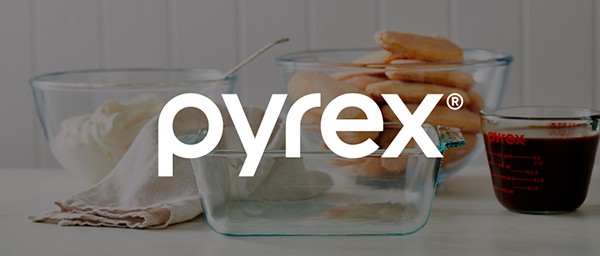How to Grow and Care for Philodendron 'Florida Green'
By ALEXANDRA JONES Updated on 05/16/23
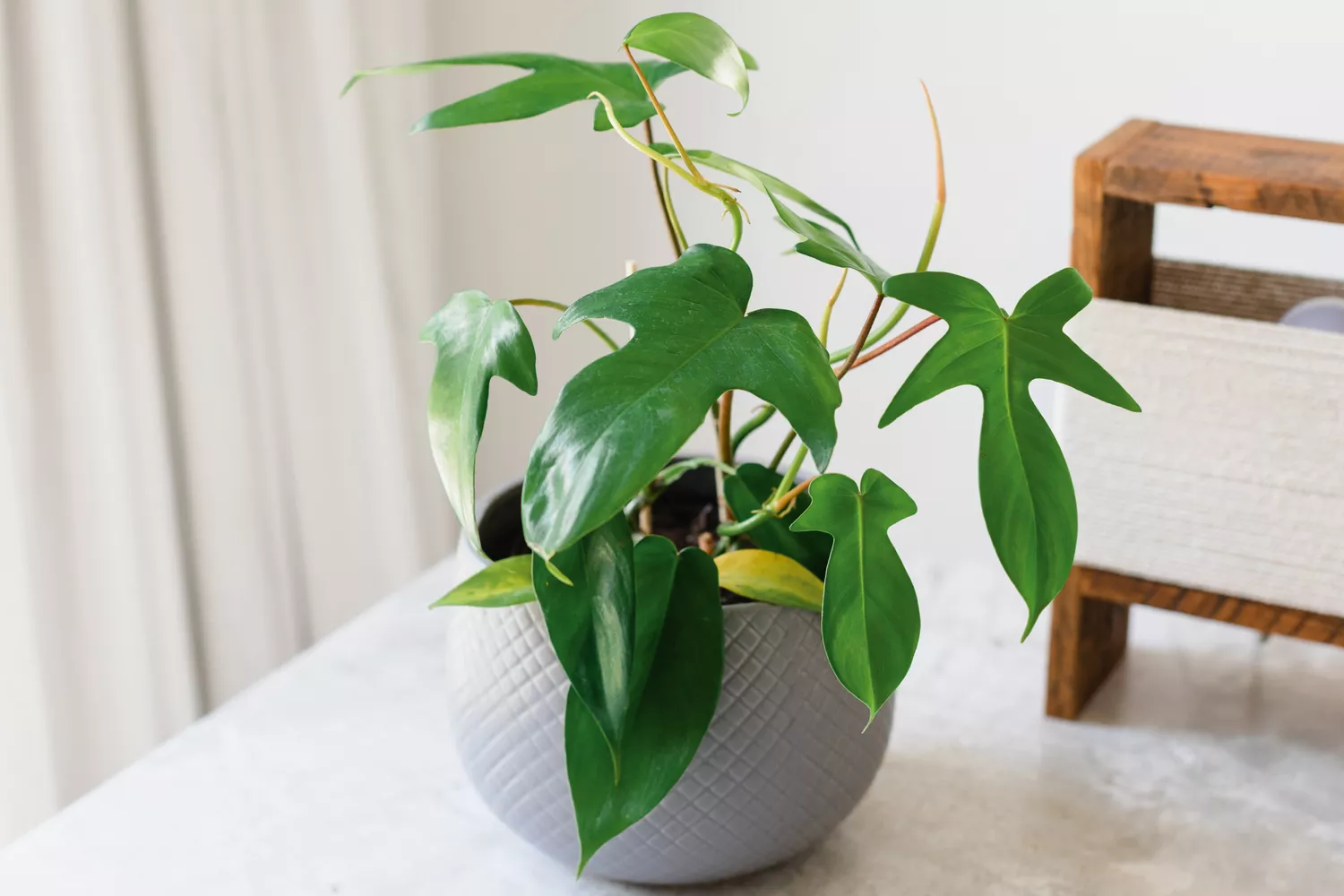
BACK TO TOP Philodendron 'Florida Green' (Philodendron squamiferum x pedatum) is a lush, vining tropical plant with an
intriguing backstory—and some rare relatives. It's a cross between two species, Philodendron squamiferum and Philodendron pedatum,
and this somewhat rare hybrid plant has the deeply lobed leaves of the former and the reddish petioles, or leaf stems, of the latter.It's
thought that philodendron 'Florida Green' was developed by botanist Robert McColley in Florida in the 1950s. McColley also developed two
other hybrids from these species: philodendron 'Florida Beauty' is variegated with pale and dark green, and ultra-rare
philodendron 'Florida Ghost', whose leaves are very light green when they unfurl but grow darker over time.
| Common Name: | Philodendron Florida, philodendron Florida Green |
| Botanical Name: | Philodendron squamiferum x pedatum |
| Family: | Araceae |
| Plant Type: | Perennial |
| Mature Size: | 5-8 ft. tall |
| Sun Exposure: | Part shade |
| Soil Type: | Loamy, quick-draining soil |
| Soil pH: | Acidic |
| Native Area: | Central and South America |
| Toxicity: | Toxic to people1 and pets2 |
Philodendron Florida Green Care
Despite the fact that it's a somewhat rare plant, philodendron
'Florida Green' is easy to grow if you provide it with the right conditions and care. Lots of bright, indirect light and humidity will
help it grow more quickly. Use a sphagnum moss pole or trellis to support the vine as it grows taller.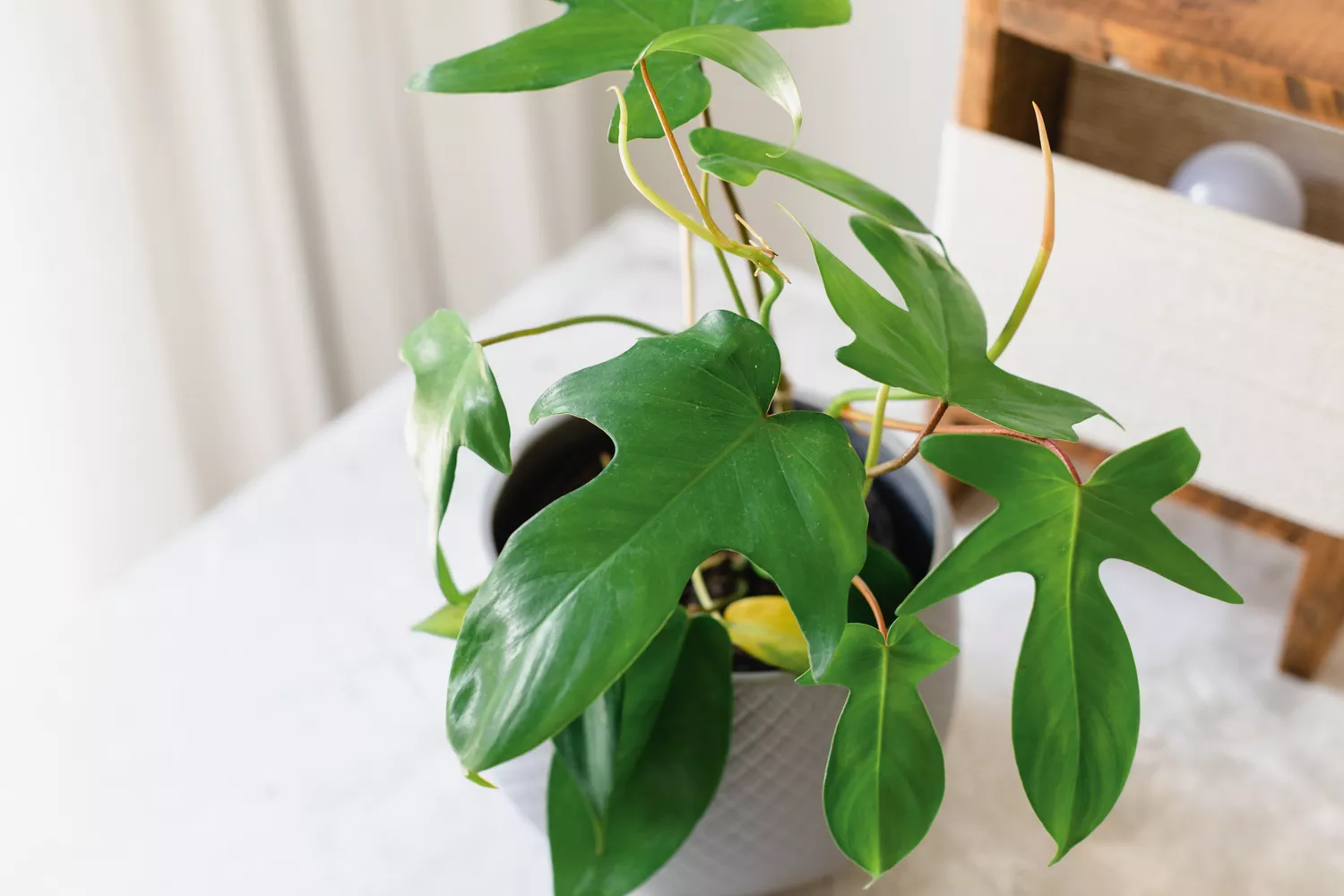
The Spruce / Michelle Becker
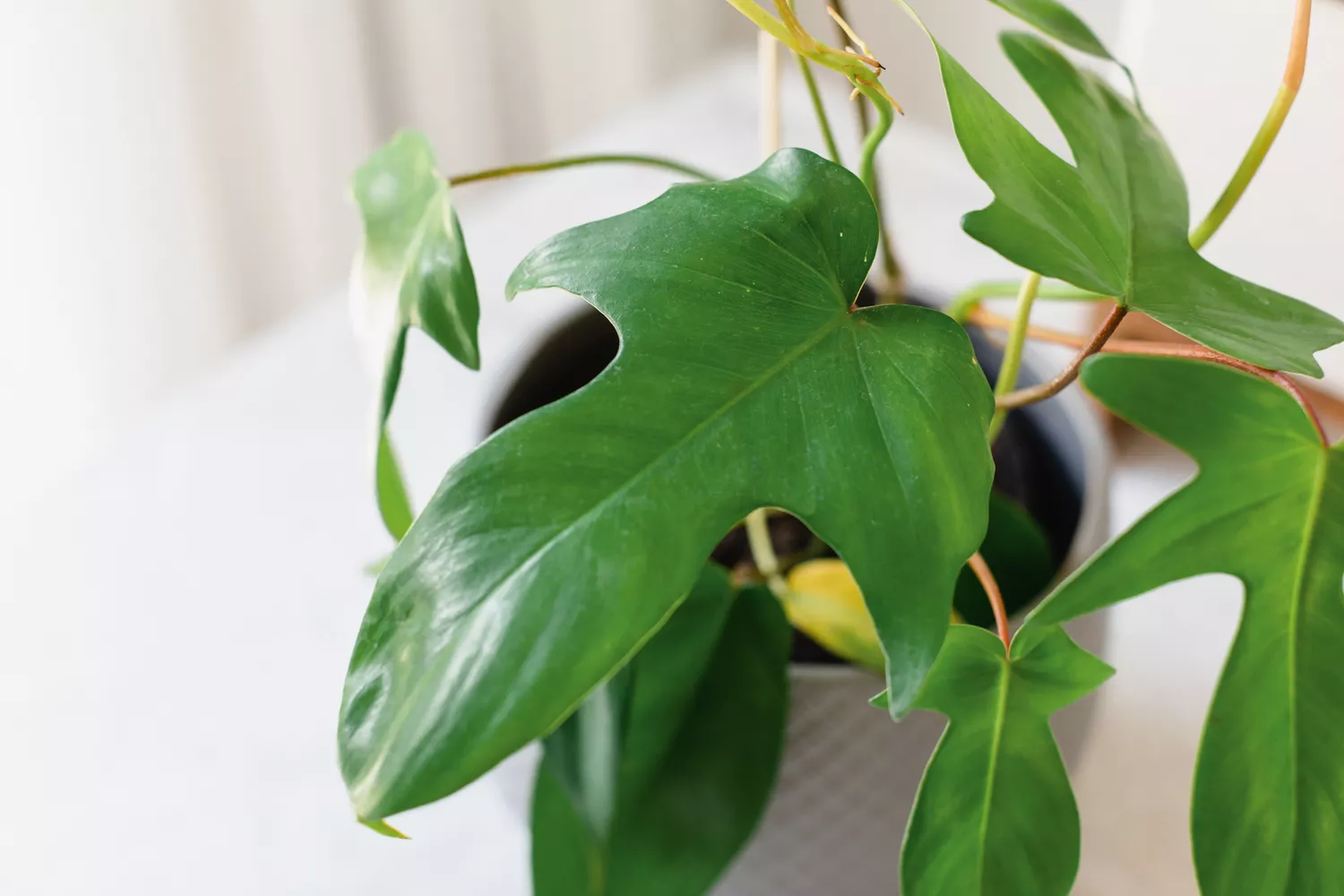
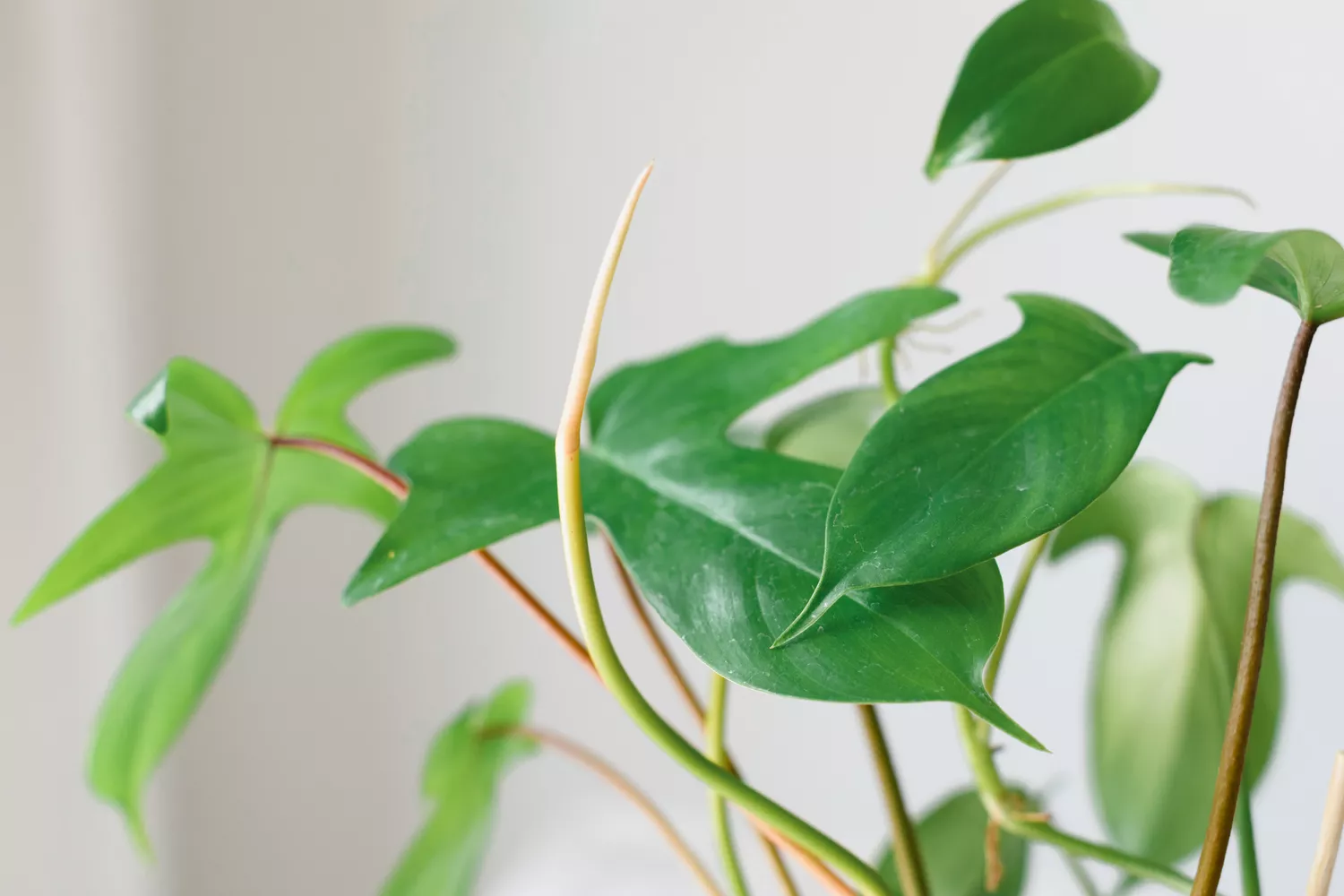
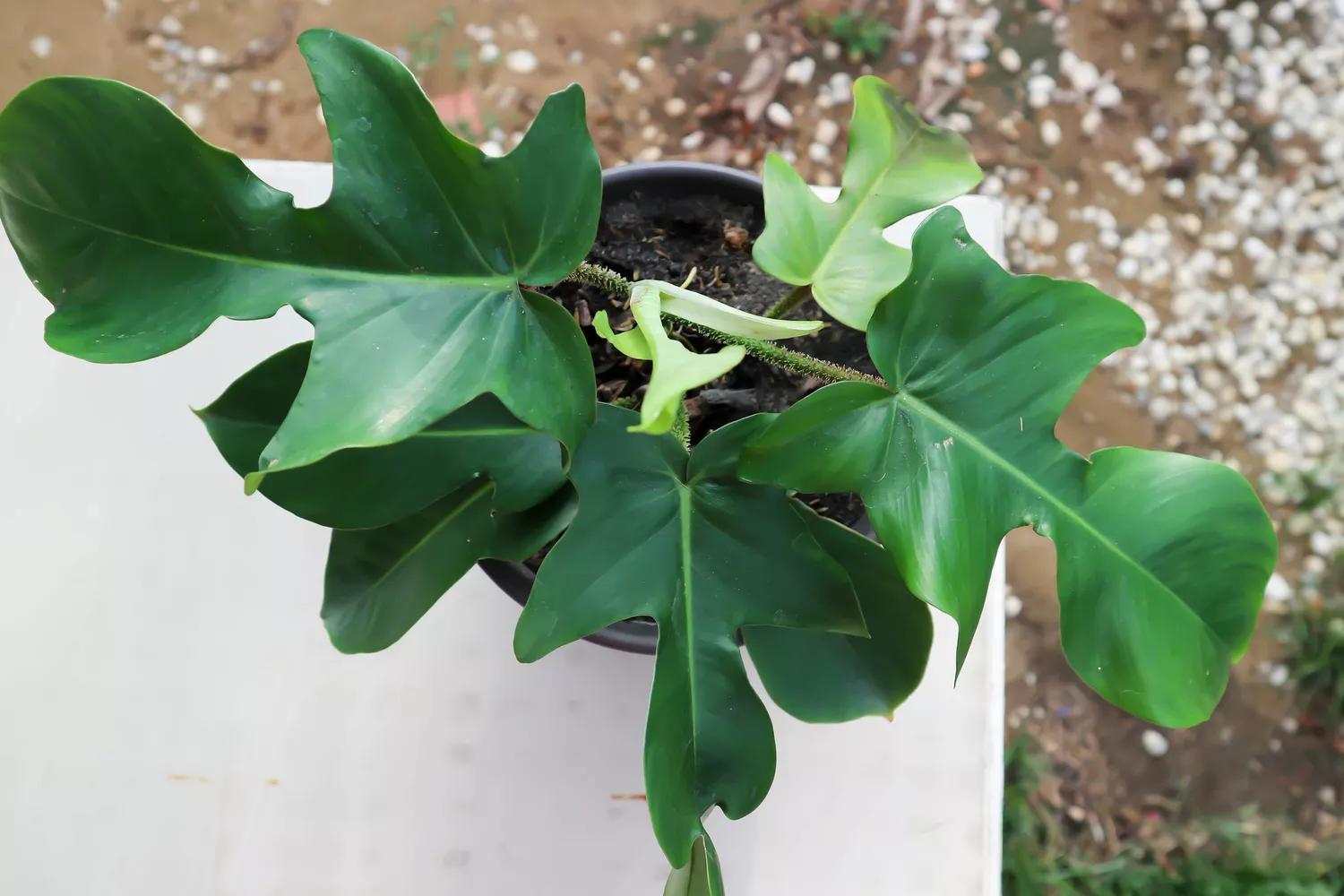
Light
Give your philodendron 'Florida Green' lots of bright, indirect light. An east-facing window is ideal. Avoid harsh, direct sunlight, which can burn the leaves and harm the plant. Use a sheer curtain to filter stronger light from south-facing or west-facing windows.
Soil
Plant your philodendron 'Florida Green' in a rich, loose potting soil mix that drains quickly but retains moisture, such as two-thirds peat moss and one-third perlite with a few handfuls of orchid bark for aeration.
Water
Keep the soil of your philodendron 'Florida Green' moist but not soggy. Water deeply when the top inch or so of soil begins to dry out, then allow it to drain well. Check drip trays and cache pots to ensure the plant never sits in water.
Temperature and Humidity
Temperatures between 65 and 85 degrees Fahrenheit and humidity above 60% are ideal. Group 'Florida Green' together with other humidity-loving plants to help create a humid microclimate. Use a pebble tray or run a humidifier to add moisture to the air around your plants. This climbing vine will grow faster with the proper humidity, so it's a good idea to have a plan for adding support such as a trellis or moss pole, even if the plant is small when you bring it home.
Fertilizer
Feed your philodendron 'Florida Green' with a balanced liquid houseplant fertilizer diluted to half strength once per month during the spring and summer growing season. Stop fertilizing in fall, but resume feeding in late winter the following year.
Pruning
Cut away dead or damaged foliage as needed to keep your plant looking healthy and promote new growth. If you're not able to accommodate a long, climbing philodendron 'Florida Green' in your home, you can prune back the foliage to keep it to a manageable size. It's best to do this during the growing season. Save cuttings to propagate into new plants.
Propagating Philodendron Florida Green
Because philodendron 'Florida Green' can be rare to find and purchase—and sometimes expensive—it's a great idea to propagate your plant and grow new ones if the mother plant is mature and healthy. You can propagate your plant by rooting stem cuttings in water or in soil. Here's how:To propagate in water:
- Gather your mature plant, a clear glass or jar, and clean, sharp knife or sterilized pruners.
- Identify a healthy stem on the mother plant. Make a cut just below a leaf node so that the cutting is at least six inches long.
- Remove all but the top two leaves from the cutting.
- Place the cutting in the jar and add water so that the leaf nodes are submerged.
- Put the jar in a warm place with bright, indirect light. Add water as needed, and change the water if it begins to look cloudy.
- After a few weeks, you should begin to see little white roots growing from the nodes.
- When the roots are about an inch long, you can plant the cutting in a pot filled with potting soil and care for it as usual.
To propagate in soil:
- You'll need a mature plant, a small plant pot with drainage holes, potting soil mix, sterilized pruners, a clear plastic bag, and optional rooting hormone powder.
- Choose a stem on the mother plant and cut a six-inch piece, cutting just below a leaf node. Remove the lower leaves.
- Fill your pot with potting soil and water well to moisten it. Use your finger to poke a hole a few inches deep into the soil.
- Dip the cut end of the stem cutting into the rooting hormone powder if you're using it. Plant the cutting in the pot, ensuring that the nodes on the stem are beneath the soil surface.
- Place the cutting in a warm place with lots of bright, indirect light. Tent the plastic bag over the cutting, making sure the bag isn't coming into contact with the leaves. This will help hold in moisture and create a humid microclimate.
- Keep the soil evenly moist. In one to two months, you should see new leaf growth, which indicates that the cutting has rooted. You can also give a gentle tug on the stem; if the plant stays in place, roots have formed and you can care for the plant as usual.
Potting and Repotting Philodendron Florida Green
You'll want to repot your plant every two to three years to replenish depleted soil, but otherwise, philodendron 'Florida Green' doesn't need to be repotted unless it's root bound, The primary sign a plant is root bound is when roots are growing out of the bottom drainage hole of the planter. Another sign that your plant is root bound is when water runs off the soil rather than being absorbed. Plan to repot in the spring for best results.
Common Pests & Plant Diseases
Several common houseplant pests can affect philodendron 'Florida Green'. Be watchful for signs of insects like mealybugs, scale, spider mites, and white fly. Control pests using insecticidal soap or neem oil.
Common Problems With Philodendron Florida Green
While philodendron 'Florida Green' is easy to grow with the proper conditions and basic care, you might come across some issues. Here are a few signs to watch for and how to address them.
Leaves Turning Yellow
Too little light and too much light can both contribute to yellowing leaves in philodendron 'Florida Green'. If the yellowing happens very quickly, root rot could be the cause. Check for this by smelling the soil and digging gently to see if the roots are black or mushy.
Drooping Leaves
Both underwatering and overwatering can cause leaves to droop. Check the soil moisture and adjust your watering schedule accordingly.
Browning Tips
Browning leaf tips can be a sign that your plant's environment is too dry, especially if the brown areas are ringed with yellow. Move the
plant away from any air vents and group it with other humidity-loving plants and use a pebble tray or run a humidifier in the area to add
moisture to the air. Another cause of browning edges can be watering with very cold water—it's best to use tepid or room-temperature water
with houseplants.



.jpg)









.jpg)





.jpeg)





.jpeg)



.jpeg)








.jpeg)



.jpeg)

.jpeg)

.jpeg)

.jpeg)




.jpeg)
.jpg)

.jpeg)






.jpeg)
.jpeg)




.jpeg)





.jpeg)


.jpeg)

.jpeg)

.jpeg)

.jpeg)







.jpeg)
.jpeg)
.jpeg)





.jpeg)



.jpeg)






.jpg)
.jpeg)









.jpg)


ulva-Logo.jpg)




.jpeg)
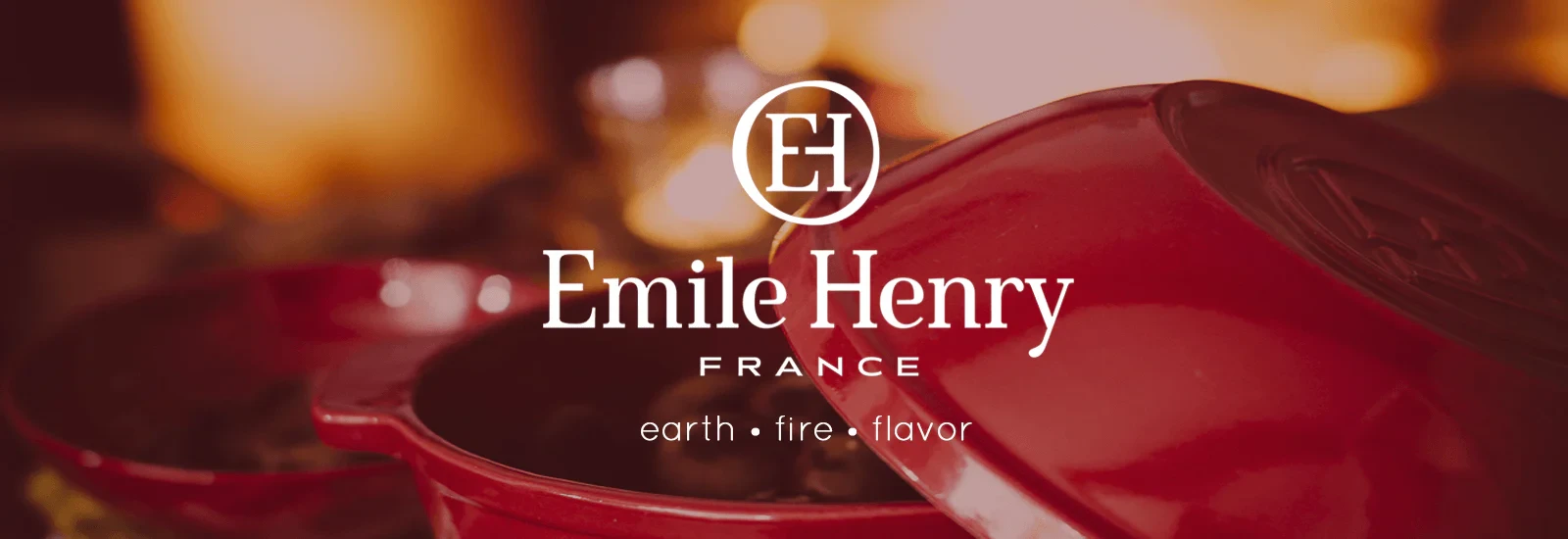


.png)








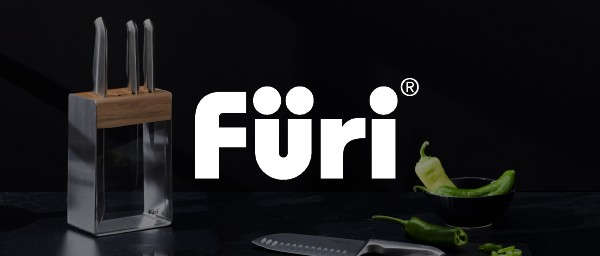

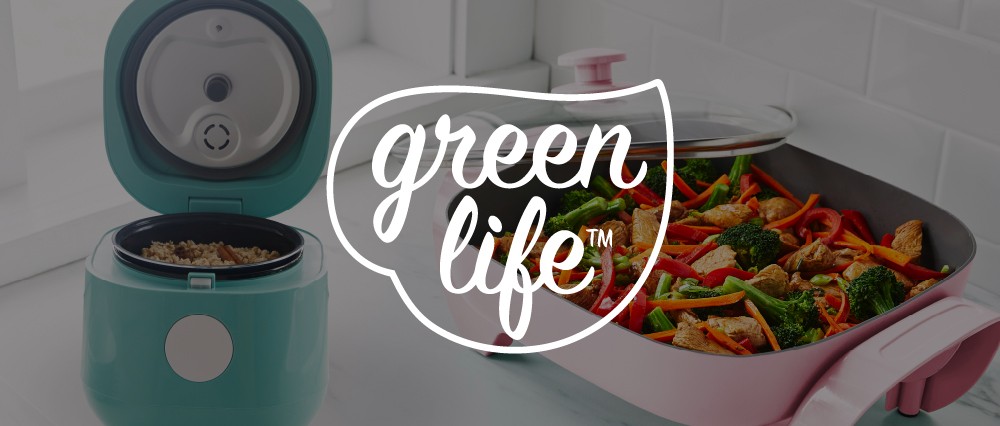




.png)





